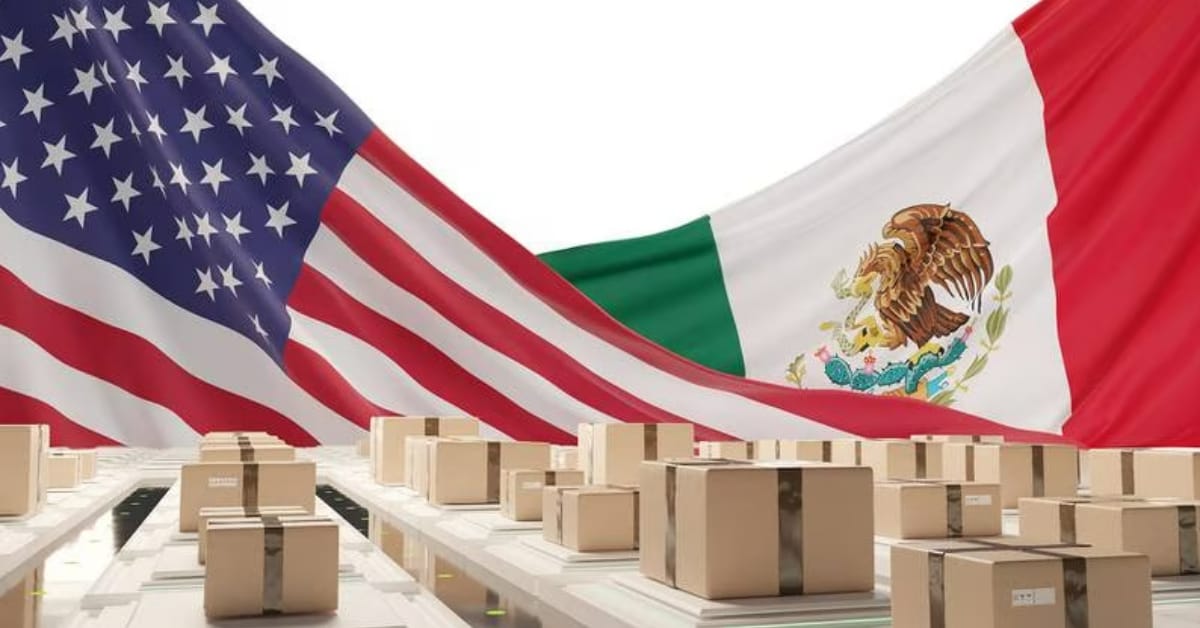Alright, folks, buckle up! Amazon just threw its hat firmly into the satellite internet ring. On April 28th (US time), the first batch of production satellites for Project Kuiper launched, riding a rocket from United Launch Alliance. This isn’t some small side project; Amazon aims to blanket the globe with broadband via a constellation of over 3,200 satellites in low Earth orbit.
Let’s be real, this is a direct challenge to SpaceX’s Starlink, and frankly, competition is good for us, the consumers. But is Amazon equipped to navigate the complexities of space infrastructure? Time will tell.
Now, for those of you diving deeper, here’s a quick run-down on what’s going on here:
Low Earth Orbit (LEO) satellites orbit much closer to Earth than traditional geostationary satellites. This proximity drastically reduces latency—that annoying delay you sometimes get online—making for a smoother, faster experience.
Project Kuiper, like Starlink, is built around this LEO concept to deliver broadband to unserved and underserved areas. Think rural communities, remote locations, anywhere internet access is spotty or non-existent.
Deployment of thousands of satellites is incredibly complex. It requires precise orbital maneuvering, constant monitoring, and a robust system for managing potential space debris. It’s not just about launching rockets!
Amazon’s deep pockets and logistical prowess could give them an edge. But this isn’t just about money; it’s about specialized expertise and navigating the regulatory hurdles. We’re watching closely to see if they can pull it off.
This deployment marks a significant step towards a future where global internet access is less reliant on traditional ground-based infrastructure. It’s a bold move by Amazon, and the ripple effects will be felt throughout the tech and telecom industries.






